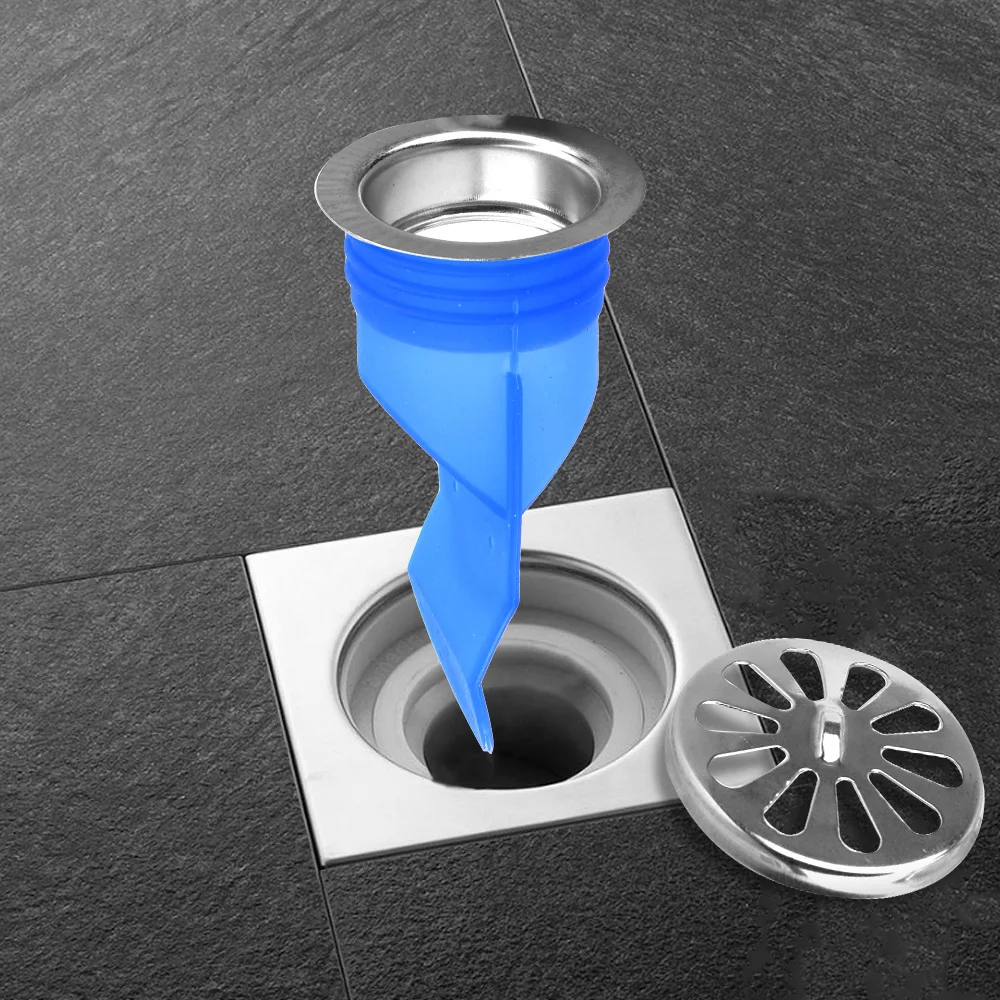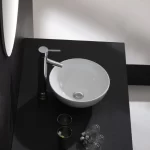A leaking kitchen sink pipe can be more than a minor inconvenience. Left unattended, it can lead to water damage, mold growth, and higher utility bills. Fortunately, repairing a leaky sink pipe is a manageable task, even for those with limited plumbing experience. This comprehensive guide will take you through the steps required to address the issue, ensuring your kitchen remains functional and free from any potential damage.
Understanding the Cause of the Leak
Before diving into the repair process, it’s crucial to understand what causes kitchen sink pipes to leak. Various factors contribute to a leak, including loose connections, worn-out washers, corrosion, clogs, or damages to the pipes themselves. Loose connections are often the result of a fitting that wasn’t properly tightened or has vibrated loose over time. Washers, typically made of rubber or plastic, can degrade and lose their sealing ability due to frequent use. Corrosion, usually in older pipes made of metal, can weaken the structure, leading to leaks. Identifying the cause will help you determine the appropriate solution and tools needed for the job.

Gathering the Necessary Tools and Materials
Having the right tools and materials on hand will make your repair process smoother and more efficient. For a general kitchen sink pipe repair, you’ll need adjustable wrenches, plumber’s tape, a bucket to catch water, replacement washers or gaskets, pipe putty or sealant, and possibly replacement pipes or fittings depending on the extent of the damage. If your sink has a garbage disposal or other attachments, you may also need specific tools designed for those components. By preparing your workspace and ensuring you have all necessary items, you avoid unnecessary interruptions during the repair process.
Turning Off the Water Supply
One of the most critical steps in fixing a leaking pipe is turning off the water supply to the sink. Locate the water valves under the sink, turn them clockwise to shut off the supply, and then turn on the faucet to drain any standing water in the pipes. This step is crucial to avoid flooding your workspace and creating more mess than necessary. Additionally, having a bucket or basin nearby to catch any remaining water in the pipes will help maintain a clean and manageable work area.
Inspecting the P-Trap and Other Components
The P-trap, a curved section of the pipe under the sink, is often a common source of leaks. This part holds a small amount of water to prevent sewer gases from entering your home but can become clogged or loose over time. Disconnect the P-trap using your adjustable wrench and inspect it for clogs or damage. Take the time to check all joints and connections while you have it disconnected. Tighten or replace any loose or corroded parts, and clean out any debris that might be causing a blockage. Reassemble the P-trap carefully, ensuring all connections are secure to prevent future leaks.
Replacing Washers and Gaskets
If your leak is originating from a joint or connection, a worn-out washer or gasket might be the culprit. Over time, these components can deteriorate and lose their effectiveness, causing water to seep out. Begin by carefully disassembling the area around the leak, taking note of how each part fits together. Remove the old washer or gasket and replace it with a new one of the same size and type. Take extra care to ensure the new washer is seated properly and that all connections are tight. Reassemble the plumbing and test for leaks by turning the water supply back on gradually.
Using Plumber’s Tape and Pipe Putty
Plumber’s tape (often called Teflon tape) and pipe putty are essential tools for ensuring tight, leak-free seals in plumbing connections. When dealing with threaded connections, wrap the threads with plumber’s tape before reassembling. The tape helps create a tighter seal and prevents leaks. For sealing cracks or small holes in pipes, apply pipe putty according to the manufacturer’s instructions. Plumber’s putty is pliable and can be molded to fit around fittings and seals, creating a waterproof barrier. Always allow the putty to cure properly before exposing it to water pressure.
Checking for Additional Sources of Leakage
After addressing the initial cause of the leak, it’s wise to check for any additional sources of leakage. Inspect all the lines running to and from the sink, including the water supply lines and any connection to a dishwasher or garbage disposal. Sometimes, a single leak can be indicative of a larger issue or multiple smaller leaks within the system. By carefully examining all elements in the sink’s plumbing, you can prevent future problems from arising. Ensure that all connections are tight, and there is no sign of corrosion or wear that could lead to future leaks.
![]()
Testing the Repair and Monitoring
Once you have completed the repairs, it’s time to test the system to ensure the leak has been successfully resolved. Turn the water supply back on slowly, observing the repaired area for any signs of leaking. Let the water run for several minutes, paying close attention to all previously repaired sites. If no leaks appear, increase the water flow to full pressure to further confirm the integrity of your repair. Even after a successful immediate test, continue to monitor the area over the following days to ensure that no minor leaks develop over time.
Preventative Maintenance and Regular Inspections
To avoid future leaks and plumbing issues, incorporate regular maintenance into your home care routine. Periodically inspect the pipes and connections under your kitchen sink for any signs of wear or potential problems. Tighten any loose connections and replace any components that show signs of deterioration. Regularly clean your P-trap and other accessible plumbing parts to prevent clogs. Additionally, consider using strainers and avoiding disposing of grease or large food particles in the sink, as these can contribute to blockages and subsequent leaks.
When to Call a Professional Plumber
While many minor leaks can be repaired with a little DIY effort, there are situations where calling a professional plumber is the best course of action. If the leak is extensive, involves damaged or corroded piping, or you’re uncomfortable attempting the repair, it’s wise to seek professional help. A licensed plumber can quickly diagnose and fix complex plumbing issues, ensuring the job is done correctly and safely. Additionally, professional intervention can prevent small issues from escalating into major repairs that could be far more costly and disruptive.
Advanced Pipe Repair Techniques: Epoxy and Pipe Sleeves
For more severe cases where basic repairs aren’t sufficient, advanced techniques like using epoxy or pipe sleeves may be required. Epoxy putty is a robust solution for cracks or significant holes in the pipes. After adequately cleaning and drying the damaged area, mold the epoxy putty and apply it over the crack, ensuring a secure and tight fit. Allow the epoxy to cure as per the manufacturer’s instructions before resuming water use. Pipe sleeves, on the other hand, are particularly useful for fixing long sections of damaged pipes. These sleeves fit over the damaged area and are clamped securely to seal the leak. They provide an added layer of protection and longevity to your pipes, making them an excellent solution for persistent or widespread issues.
![]()
Conclusion
Fixing a leaking kitchen sink pipe might seem daunting at first, but with the right knowledge and tools, it’s a task that most homeowners can tackle successfully. By understanding the potential causes of leaks, gathering the necessary tools, and following a systematic repair process, you can resolve most leak issues efficiently. Remember to conduct regular maintenance and inspections to prevent future problems, and don’t hesitate to call a professional when needed. Through diligent care and timely repairs, your kitchen plumbing can remain functional and reliable, ensuring the heart of your home continues running smoothly.

